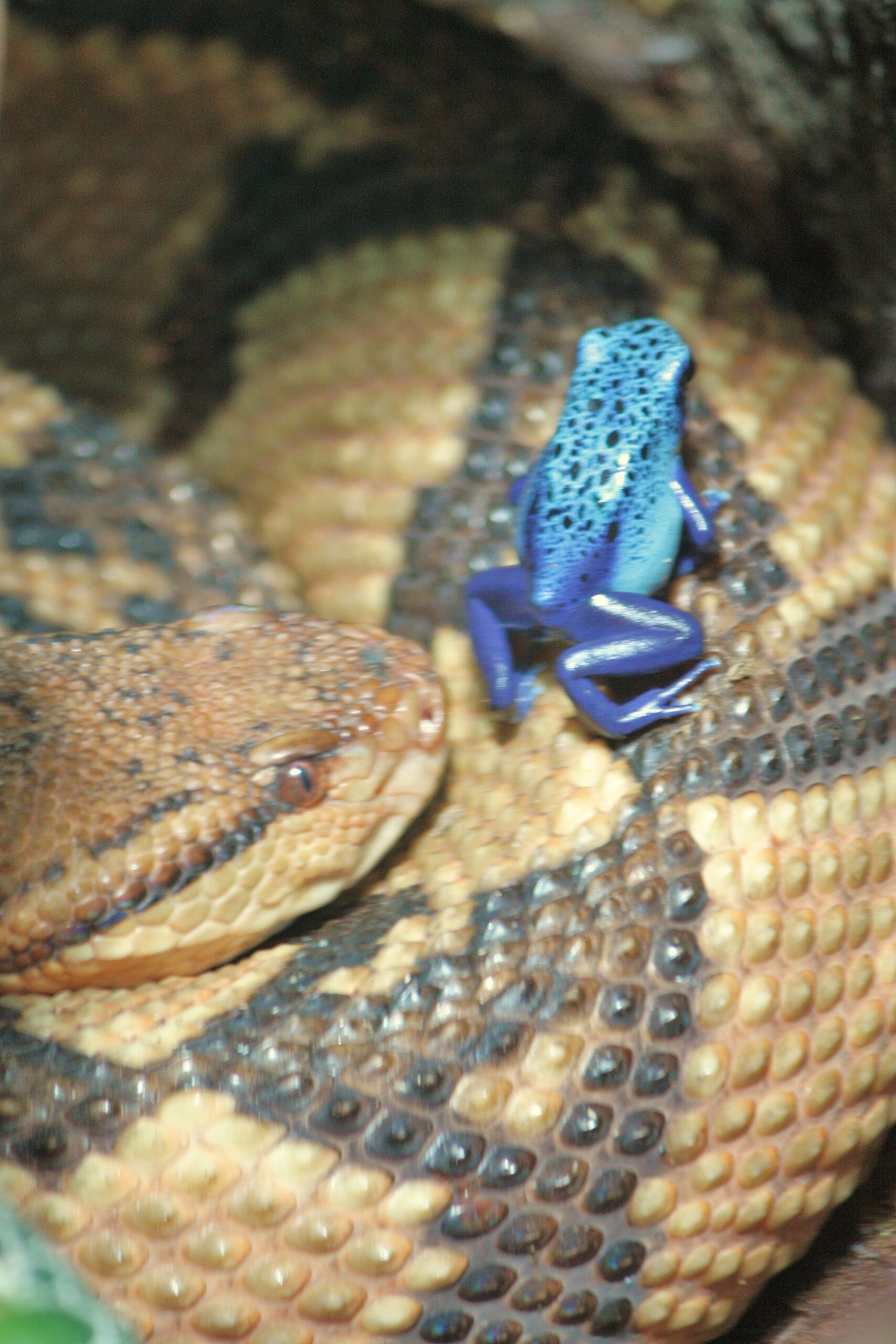The Denver Zoo is home to a captivating species of carnivorous mammals known as fishing cats. These unique felines have adapted to thrive in aquatic environments, making them a must-see attraction for any zoo enthusiast. In this comprehensive blog post, we’ll delve into the fascinating details of the fishing cats at the Denver Zoo, from their dietary preferences to their conservation efforts.
Fishing Cat Diet at the Denver Zoo

At the Denver Zoo, the fishing cats’ primary diet consists of a variety of fish, including salmon, cod, herring, capelin, and smelt. Additionally, they are fed live tilapia to help them hone their hunting and fishing skills. This diverse menu allows the fishing cats to showcase their remarkable adaptations for aquatic hunting.
First Fishing Cat Cub at the Denver Zoo

While the name of the first fishing cat cub born at the Denver Zoo is not specified, the zoo has been actively involved in conservation efforts and has featured these remarkable felines in their exhibits and live streams. The birth of a fishing cat cub is a significant milestone, as it contributes to the preservation of this species.
5-Year-Old Fishing Cat at the Toyota Elephant Passage
In 2012, a 5-year-old fishing cat made its debut at the Denver Zoo’s Toyota Elephant Passage exhibit. This exhibit provides visitors with the opportunity to observe these agile predators in their natural-like habitat, showcasing their unique hunting behaviors and adaptations.
Unique Adaptations of Fishing Cats
Fishing cats are renowned for their exceptional swimming abilities and their unique adaptations for hunting in aquatic environments. They have webbed feet that aid in their movement through the water, and they have developed a unique behavior of tapping the water to trick fish into moving, making them easier to catch.
Fishing Cat Behavior and Habitat
In the wild, fishing cats are primarily nocturnal and solitary, with males having a larger territorial range than females. They are known to prey on a variety of small to medium-sized vertebrates, including fish, shellfish, frogs, snakes, and rodents, as well as carrion.
Visiting the Denver Zoo to See Fishing Cats
The Denver Zoo is open daily from 9 a.m. to 5 p.m. (last entry at 4 p.m.), and admission prices vary depending on age and residency, with general admission ranging from $20 to $30 for adults and $14 to $24 for children. Visitors can explore the various exhibits, including the Toyota Elephant Passage, where the fishing cats are housed.
Conclusion
The fishing cats at the Denver Zoo are a true marvel of nature, showcasing their remarkable adaptations and hunting skills. Whether you’re a seasoned zoo enthusiast or a first-time visitor, a trip to the Denver Zoo to see these captivating felines is sure to leave a lasting impression. So, plan your visit today and immerse yourself in the fascinating world of the Denver Zoo’s fishing cats.
References:
- https://www.denverzoo.org/
- https://www.youtube.com/watch?v=DshUk4vt_RM
- https://denverzoo.org/animals/fishing-cat/
- https://www.youtube.com/watch?v=MkLOeFgPb6c
